They generate 80pc of export income, so why can’t regional Australians get better health care?
Rural Australians are making the case for a better health service, pitching for a national plan. Will they be heard above the noise of a federal election campaign?
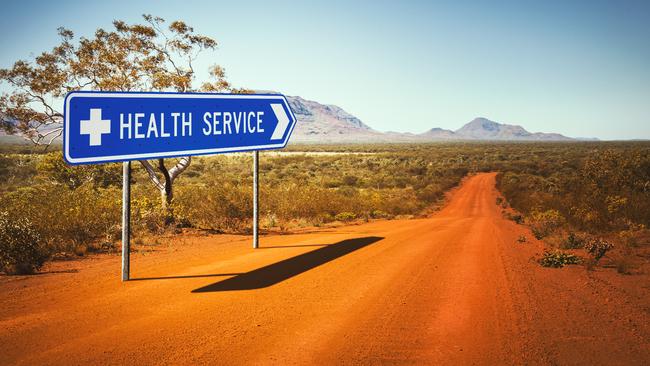
“We need a national rural health strategy,” says Susi Tegen, chief executive of the National Rural Health Alliance. “There isn’t one. And why do we need it? Because we actually need to demonstrate to rural people that they’re important. We need to let all of Australia know that we really value rural Australia.
“We’re treating these people like they’re lepers. They’re told to be more resilient. I mean, these are people who have brought in two-thirds of Australia’s export income and they’re treated as if there’s something wrong with them. We’re expecting them to beg for money.”
Regional industries such as agriculture, forestry, mining, and fishing generate 80 per cent of our export revenue. Regional and rural Australia are responsible for 50 per cent of the nation’s tourism dividend, and produce 90 per cent of the food we eat. Yet successive governments have put the health and wellbeing of rural and regional Australians on the backburner, allowing the resourcing devoted to healthcare in regional areas to wither.
As well as being needed urgently, a national rural health plan must be comprehensive. It must cater to the needs of hundreds of small towns, broad expanses of farming country, mining towns, and incorporate remote communities. It must honour the needs and wishes of Indigenous Australians.
Rural and regional Australia is responsible for $500bn in exports, yet the people who live there have shamefully reduced access to health services. They have worse health status than their city-dwelling cousins and poorer social determinants of health. A recent economic report found a relative underspend of $850 per person living in regional Australia, totalling a whopping deficit of $6.5bn in 2020-21.
While health spending overall has increased under the present government, it has been concentrated in urban areas, while regional and rural Australia largely misses out. In an editorial published in the Australian Journal of Rural Health in mid-2023, the Rural Health Alliance’s Clare Fitzmaurice wrote, “ultimately, the expenditure deficit … illustrates the raw deal rural people are getting when it comes to healthcare”.
“This is an equity issue – rural people have a right to healthcare no matter where they live, and their health outcomes should not be dictated by their postcode. Given the significant contribution of rural Australians to the economy, maintaining and improving healthcare services in rural areas is essential to the economic wellbeing and growth of the nation,” Fitzmaurice wrote.
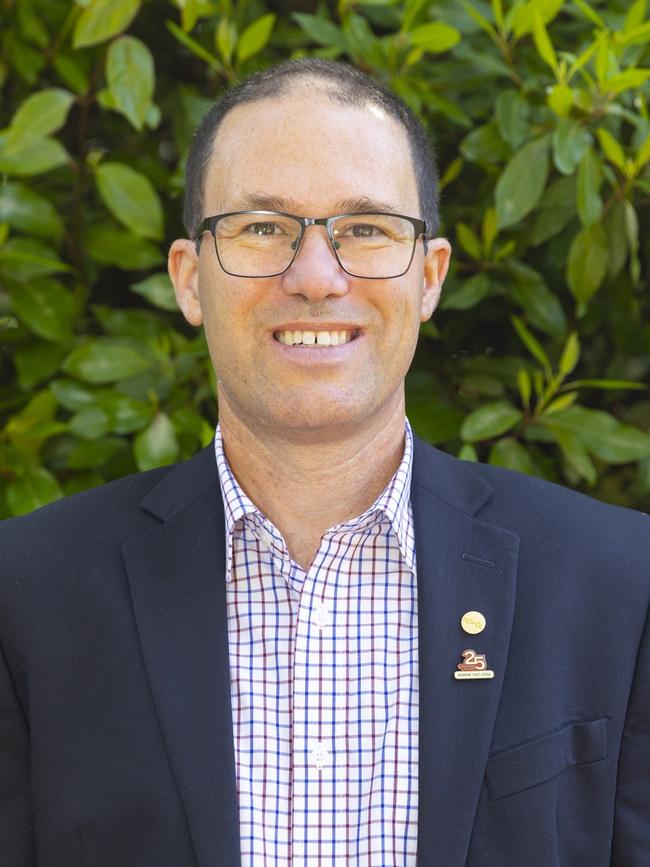
The president of the Rural Doctors’ Association of Australia, Dr Robert ‘RT’ Lewandowski, is adamant about the funding gap.
“There’s not a single aspect of rural healthcare that isn’t missing funding,” he says.
“People give a lot of lip-service to rural, and then they even commit money to rural – and they put the money in a capital city to solve the rural problems.”
Dr Lewandowski, who works as a procedural GP in north Queensland after migrating from the US 15 years ago, deals with this inequity daily.
“For primary care there’s just this totally inadequate funding,” he says.
“We need to have some sort of plan, an overarching plan, right now. With all politics things chop and change. They come up with a program every single cycle. But it’s about garnering attention and votes.”
The data on health inequity for regional Australians is startling. Life expectancy falls by 12.7 years for males and 10.7 years for females from urban to outback areas. Similarly, the burden of disease increases an incredible 40 per cent from cities compared to remote areas. The death rate for women increases more than 50 per cent as we move from cities to remote areas. Regional Australians have much lower participation in cancer screening, use Medicare up to 50 per cent less, and have poor access to dental services.
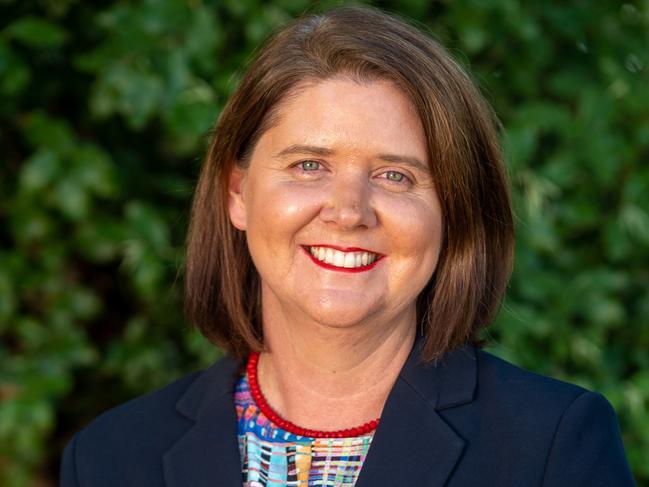
When asked whether rural and regional Australians are treated fairly when it comes to healthcare, the chief executive of the Regional Australia Institute, Liz Ritchie, is emphatic. “The answer is no … and the outcomes are the evidence.” When asked why, she says: “I don’t think that there’s a broad understanding in our capital cities about the productivity that’s gained in regional Australia”.
“If you ignore regional Australia, be it though a healthcare lens or an education lens or an infrastructure lens … do it at your peril,” she says.
“We cannot continue to be an afterthought. We need to have a holistic plan at a federal level that states the vision for regional Australia. It’s not enough to put us all in the same basket. You have to think differently about how you approach regional Australia.”
The Rural Health Alliance’s Susi Tegan is deeply concerned about where the urban-rural divide is leaving Australians.
“For a Western country, our health status is appalling in regional Australia,” she says. “But they’ve paid their taxes, they’ve paid their Medicare levy, and they’ve worked in the industries that are bringing us income. I’m seeing communities pulling their hair out and saying the only time that people cover their story is when lettuce costs $16, or bananas are costing $12 a kilogram. People in the city are complaining … but we have lost our livelihood because we’ve had a flood, or a fire, or a drought.”
A national rural health plan will need to be broad in scope and driven by the people of rural and regional Australia, responding to their needs and niches. It must deal, first and foremost, with the healthcare workforce. How to attract, nurture, and retain the nurses, physiotherapists, doctors and healthcare workers who are scarce right now. Any plan must demonstrate that it values not only the millions of Australians who live outside our major cities, but also those providing their care.
Like everyone else in the community, healthcare workers have families. For this reason, providing access to good-quality accommodation, education for children, and jobs for partners will need to be considered as part of any national plan if there is to be any hope of keeping people in the regions. No person can be continuously on-call, so building in sufficient staffing to allow down time and shield from burnout means that recruiting a single doctor or nurse is pointless.
A national plan will need to allow for leave, both for a break from work and to upskill and be educated. It should also be built around a broad generalist education and incorporate a research program, to ensure that practice appropriate to the needs and resources of rural and regional Australia is supported and future-proofed. The individual communities involved must be given a strong voice in how they are resourced.
Nobody thinks that highly specialised services should be available everywhere, but hub-and-spoke models where high-level services in larger centres are accessible and affordable for all Australians must be a high priority in a national plan. Getting patients to and from tertiary services, ensuring they’re supported when receiving treatment away from home, and making sure follow-up is seamlessly integrated will be crucial.
Fundamental to any plan will be prevention programs. These must be built around community needs, focus on screening and early intervention for health conditions, they must also be sustainable. Ensuring that the 30 per cent of Australians who live across 99 per cent of our land area outside of major centres receive the best possible disease-prevention efforts won’t be easy – but will be better than trying to treat tens of thousands of people with established disease.
Dr Aaron Hawkins is a GP in the Tasmanian town of Deloraine, 50km from Launceston. His town has a population of about 3000 and a 16-bed regional hospital.
“As you get further from the centre of Hobart, or from the centre of Melbourne, it gets harder and harder,” he says. “You’re balancing how expensive or difficult it is to access things for your patients, the travel associated, and how quickly and how much it’s going to cost them, so it does impact your decisions.
“The rewarding part – which is what keeps me going – is that it’s really nice to be an integral part of the community,” Dr Hawkins says. “But there’s also the pressure of being just one general practice within a community, and that the community’s health relies on decisions that we make, even just things about funding and private billing and bulk-billing and those things and what we can and can’t offer. Every single thing affects not just our patients, but the whole community. That can sometimes be a crushing pressure,” .
The tenuous nature of much of the healthcare workforce – nurses, doctors, dentists, physiotherapists and so many allied health professionals – makes the need for a national plan urgent and critical.
Scott Willis, who has just completed his term as president of the Australian Physiotherapy Association, is deeply concerned about access to physiotherapy services in rural and regional Australia.
“Every Australian, regardless of where they live, deserves timely access to high-quality healthcare, including physiotherapy,” he says. “Physiotherapists play a crucial role in keeping people well and out of hospital by managing pain, improving mobility, and preventing chronic conditions from escalating.
“Right now, rural and regional Australians are not receiving the physiotherapy services they need and deserve. Patients in these areas often face long wait times, workforce shortages, and financial barriers, leading to worse health outcomes and greater reliance on emergency services.”
Dr Hawkins is also concerned about access to allied health care in the bush.
“The problem with things is we rely on individual people or individual companies that are happy to come out to us,” says Hawkins. “We’ve got a physio who visits once a week, and that’s great, but it relies on that one physio that’s wanting to do it. When that falls over, then the whole physio service for the town falls over. That’s just happened with podiatry. When the person lived out here it was great. They’ve been doing that for years and years, and then just suddenly they’re moving to Hobart, so the whole visiting podiatry system falls over.”
Hawkins says money alone is not enough to attract and keep health professionals.
“Money is one thing, and it’s important, but if you’re going to have doctors and health professionals coming out here, the most important part is a wraparound support,” he says. “It has to be a full system support for making life as good as possible and that’s obviously it’s harder.”
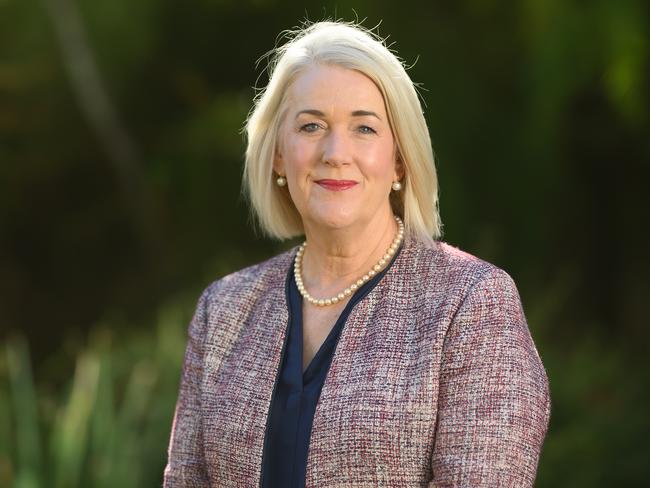
Australian College of Nursing rural faculty chair Professor Jane Mills says there is a significant shortage of nurses in rural and regional Australia. “One of the issues is the casualisation and the part-time nature of the rural and regional workforce,” Professor Mills says. “Regional hospitals are struggling to fill shifts and are having to use a lot of casual staff and locums on short-term contracts in order to staff their hospitals.
“We could save a lot of money by spending a little bit of money by providing a financial incentive for regional, rural and remote nurses to work more than, say, (three days a week),” she says.
Regional Australia Institute’s Liz Ritchie supports Mills’ comments: “I would say that regional Australia has had years of neglect and policy under-investment. It’s time that regional Australia was prioritised,” she says. “We’ve very much gone backwards in allied health, and that’s of great concern, because allied health is often the kind of medical service that can be a precursor to resolving, you know, longer-term health outcomes.”
Susi Tegen emphasises how critical it is to make life in rural and regional Australia attractive to attract, retain, and value the healthcare workers needed. “They’re part of the same community. They go to sport events together. They see each other around the community. They’re not as separated as they are in the city. We got a call at the end of last year from a doctor who was crying on the phone, saying ‘I can no longer do this,’ and we’re seeing more of that,” she says.
While a national plan for rural health should place workforce front and centre, resourcing such a plan is crucial to its success. “We have patients – with cost of living – that are not going to medical treatments,” says Tegen. “Women, in particular, because they look after the children, they look after their in-laws, and they look after their own parents. They are forgoing their own health. We also have a very old population. We have diabetes, we have a whole lot of other health issues. Let’s look at solutions that fit with that. We don’t have the flexibility to deliver because it doesn’t fit into a city model.”
The Rural Health Alliance hears stories from towns such as Clermont in regional Queensland, where there was no permanent GP for six years. “We’ve got local governments around Australia that have had to take up running the health service or keeping it afloat,” says Tegen. “They have to raise $800,000 a year to do this. If I told somebody in Woollahra, ‘I’m sorry but you guys going to come up with another $800,000 otherwise you’re going to have to drive to Goulburn to get a health service,’ what do you think they’d say? They’d tell you to get f--ked. But we’re expecting it.”
In many respects the liberty to come up with solutions to regional health crises around the country needs to come from the communities themselves, and not be directed from Canberra. “We need place-based solutions,” Tegen says. “We’ve proposed a $1 billion fund over four years where rural health expenditure is put into this; half of it is for infrastructure. So you could, you could expand your clinic, you could expand the services to another town.”
With funding comes responsibility, but Tegen is convinced that regional communities are often best placed to direct the health dollars they receive. “You definitely want accountability. But let’s not hamstring them. Just have a bit of trust.
Tegen says she believes politicians do want the best for the community.
“And I’ve always found Australia to be a fair country. But a lot of people no longer understand what is happening in rural Australia, apart from when they travel and are on holidays, because they no longer have uncles and aunts and grandparents in rural communities. We need to get back to understanding and valuing what rural Australia is and has,” she says.
Dr Lewandowski agrees. “For years we’ve had programs out there that are taking money, ostensibly to meet the rural solution, but that have yet to deliver anything to rural Australia. I’m sure the expenditure on programs has gone up in my time. But, you know, your postcode still determines your mortality. And I don’t think that’s changed.”




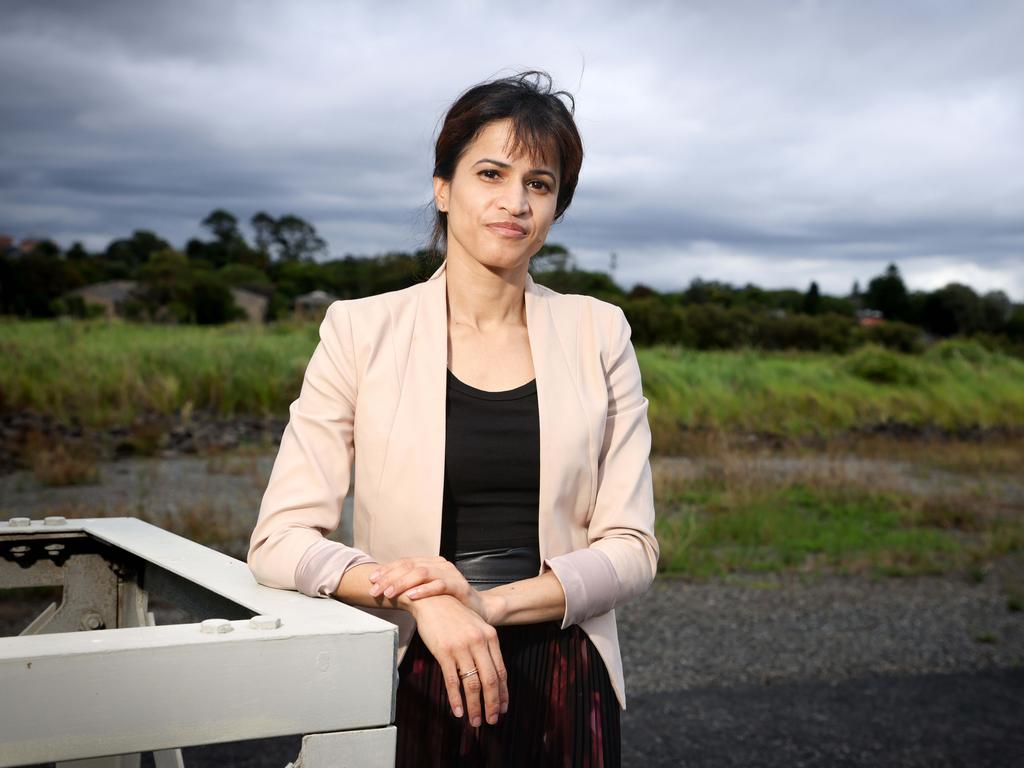
Almost one-third of all Australians live outside of our big cities, and their physical and mental health languishes way behind that of city dwellers. After decades of inaction, there still is no national plan to address this critical inequity. Now, ahead of the looming federal election, regional Australians are demanding action that is long overdue.